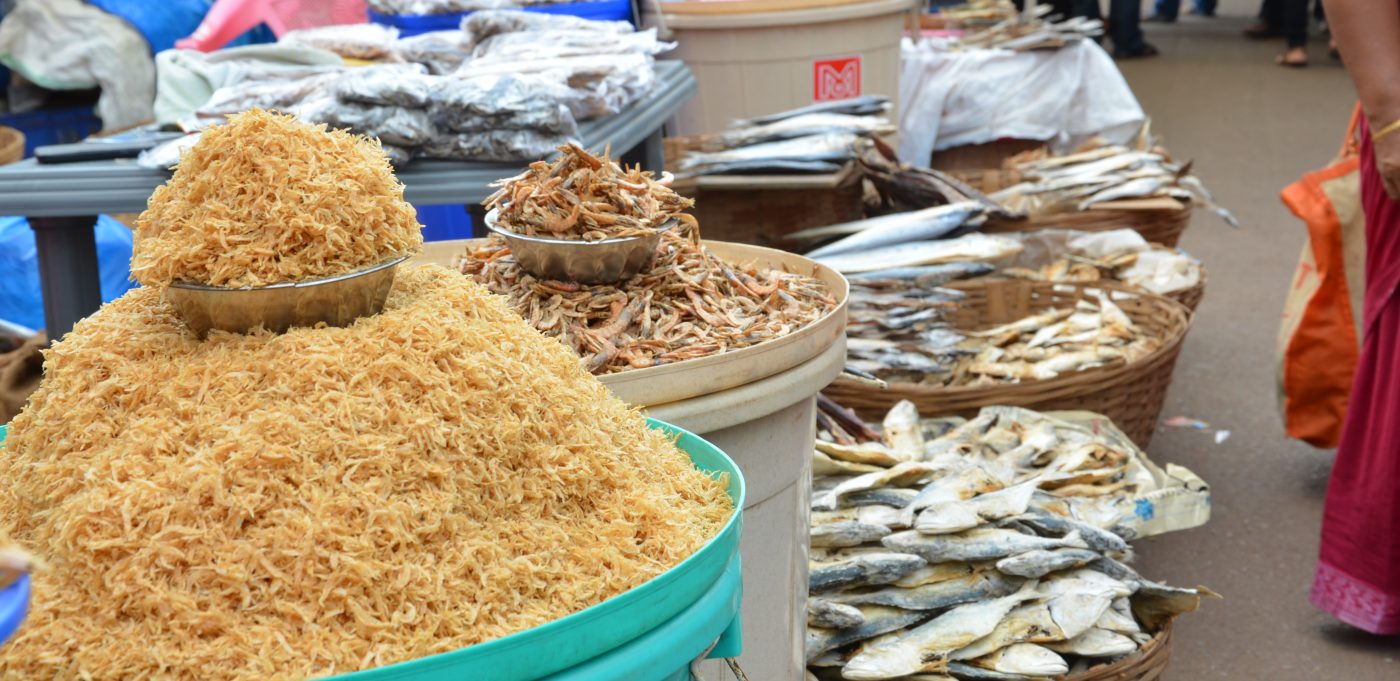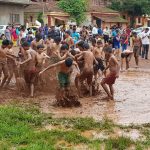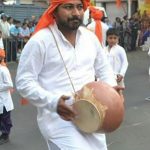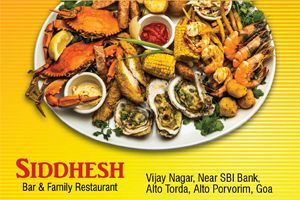“Enjoying rains in Goa may never be the same like how we used to in our childhood. It’s what the present generation misses, travelling in air conditioned cars,” says Rohan Mayenkar, a resident of Curtorim, fondly remembering his school days and the fun he had in rains.
Rains have always been close to the hearts of Goans, for religious, emotional and recreational reasons too. Goa has been and still is largely agrarian society as far as the villages and rural areas are concerned. Even the major towns of Goa like Margao, Panaji, Vasco, Mapusa and others still have some greenery in the form of paddy fields. Sharmad Kamat, an event organiser who is a constant Panaji-Margao traveller describes these sites of Goan highways perfectly. “Driving on the Goan roads is an experience in its self and one of the reasons why the monsoon tourism is comparatively more passionate in Goa than in any other season” he says.
Many couples, most of them newly married, can be seen roaming on their rent-a-bike two-wheeler, carefree of rains and fears.
But Goa and Goans have more shades of monsoon enjoyment and one of it is ‘Purument’ or provisions for the monsoons. “Till the early 80’s, there were hardly any villages in Goa which had transport vehicles to travel to towns. This was the very reason why the rural people of Goa had Purument or ‘Purumentache feast’. “Provisions were brought and stored in the house and consumed during heavy monsoon seasons,” recalled Franscina Dias from Assolna.
‘Chepnechi toraan’, ‘suke kharem’, ‘galmo’, ‘mirsango’ are some of the major items which are kept as provisions in the house for monsoon use. This has invariably become the cuisine of Goans during the monsoons. Pick any Goan and ask what is on his mind for food during heavy rains, it will be ‘bangdyaachi’ or ‘sukya sungtaachi kismoor’. Goans settled all over the world don’t miss a single attempt to pack and take their favorite ‘Purumentaache khare’ or ‘lonche’ to Mumbai, Pune or ever to the United States, Canada or UK too.
Yet another thing that keeps the minds of Goans occupied all the season is the craze for a dive in springs and rivulets as well as trips to waterfalls. Mountain ranges of Sanguem, rivulets, villages and springs of Valpoi are the most favorite destinations for enjoyment and togetherness for Goans during monsoon. The most famous Mainapi and Savri waterfalls and the misty mountain villages of Salgini, Tudav and Verle are naturally rich spots that have been attracting lots of tourists in recent years. People from all over Goa have begun to flock to these villages to enjoy their natural beauty.
Sitting on the border of Goa and Karnataka, there are several scenic spots in the hilly and mountainous areas of Sanguem, of which, many Goans may not have a clue of. Looking at the popularity of these villages in monsoons, the former BJP dispensation under the leadership of MLA Subhash Faldessai constructed roads to every village as there was lack of mobility.
“Even after having several problems, the villagers have made honest attempts to develop their village for tourism,” said Satish Gaonkar.
“The village can be made into a tourist hub for hinterland tourism, if developed well,” said South Goa Zilla Parishad Chairman Navnath Naik.
As the rains pour in the coastal state, in comes the farming season for kharif crops in Goa. Fatorda and Raia are those areas in Salcete where farmers, even after being sandwiched between buildings, prefer to grow crops for a living and to keep the occupation alive. “This season hasn’t been that lucrative for vegetables and now all eyes are set on paddy fields where many work as ‘kameri’ (labourers) to make a living,” said Candolina Pereira from Raia.
The farmers grow red spinach (tambdi bhaaji), cluster beans (chitki mitki), cabbages, lady fingers, brinjals, and French beans during summer. Joanita Silva from Fatorda is 76 years old and grows and sells vegetables for a living. “November to May is our season to grow vegetables, but during rains we go to the fields of our neighbours who grow rice. We work as labourers and earn a living for a while. We work for 15 days and then wait for another job. We cannot afford to hire labourers for our work,” tells Joanita.
In a nutshell, Goa is a packet of several emotions when it comes to rains and its memories. All this and more, Goa in monsoons is a treat for the mind, body and soul of a person. If you want to enjoy Goan monsoon, all you need to do is set yourself free on a two-wheeler, enjoy the rainy rides/drives, stop by to have a hot tea and ‘mirchi paav’ and click lots of photos as one is sure to create undying memories in monsoons of Goa.
Team TNV
ENJOYING MONSOON THE GOEMKAR WAY

Team TNV July 19th, 2017 Posted In: art & culture
Team TNV

























